Introduction
Why is exercise important?
This may well be the last thing on your mind right now but as soon as you feel you can tackle some exercise, you’ll find it won’t just help you physically but also mentally. It’s about moving more and being less sedentary. In other words, any activity that gets your body moving speeds up you’re breathing and heartbeat. It’s not just about structured exercise sessions but also everyday activities.
What exercise can do for you:
- Strengthen your muscles and bones, and improve circulation
- Help maintain or achieve a healthy weight
- Improve energy levels
- Improve mobility and balance
- Improve appearance and self-esteem
- Help you cope with stress, anxiety, and depression
- Possibly meet people and socialise
Reduce the risk of, or help to manage:
- High blood pressure
- Heart disease
- Stroke
- Diabetes
- Osteoporosis and some cancers
Most importantly, adults should try and aim for at least 30 minutes of exercise on most, if not all seven, days of the week. Guidelines recommend a weekly total of 2.5 to 5 hours of moderate-intensity exercise, along with strength-training (resistance) activities twice a week. What is important is just breaking up long periods of sitting as often as you can. So maybe a walk around the garden or your block would also be good if that’s all you can manage. You might even find you develop new exercise habits that will improve your lifestyle long after your cancer is a distant memory.
Safety tips for exercising with cancer
- If you’re going out to exercise, let someone know when you’ll be back or take a phone with you in case you need to call them for help.
- Start any new exercise programme slowly, increasing your activity gradually – you’re not looking to break any records right now.
- Your muscles might feel a little sore at first, but this should go away in a few days – if not, inform your doctor.
Should you experience any of these symptoms while exercising, stop the activity immediately and call for urgent medical assistance:
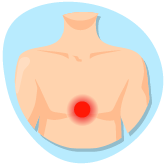
Pain or pressure in your chest
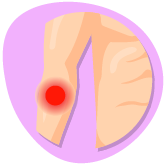
Pain down your arms

Servere shortness of breath
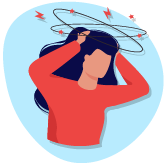
Dizziness or fainting
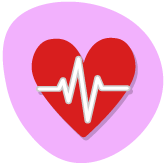
Irregular or unusual rapid heartbeat

Nausea and/or vomiting
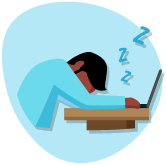
Extreme weakness or fatigue
Will exercise really make a difference?
Studies have shown that apart from maintaining an optimal level of energy balance, the effect of exercise on your calorie intake and expenditure, is associated with primary prevention of cancer as well as survival after the diagnosis and helping to prevent the recurrence of primary cancer.
Before you start any exercise programme, don’t forget to talk to your doctor, particularly if you have bone cancer or any persistent treatment-related side effects, such as lymphoedema (swelling caused by a build-up of lymph fluid), shortness of breath, nerve damage, skin irritation, fatigue or pain.
Questions to ask your doctor
- Can I exercise during this treatment?
- Are there any types of exercise I shouldn’t do?
- What precautions should you take if you have a port/PICC line and/or chemo pump?
- If you’ve never really exercised, should you have a check-up first?
- Can they recommend an exercise professional who has experience with cancer patients?
Make sure you check on the qualifications of any trainer you engage to help you and ensure that they understand your medical condition.
Keep track of your exercise
By keeping a training logbook and recording your physical and other activities (work or socialising) you’ll be helping your medical team to come up with the best exercise programme for you. You could also download an App to record your exercise or simply wear a device to track your fitness activities.